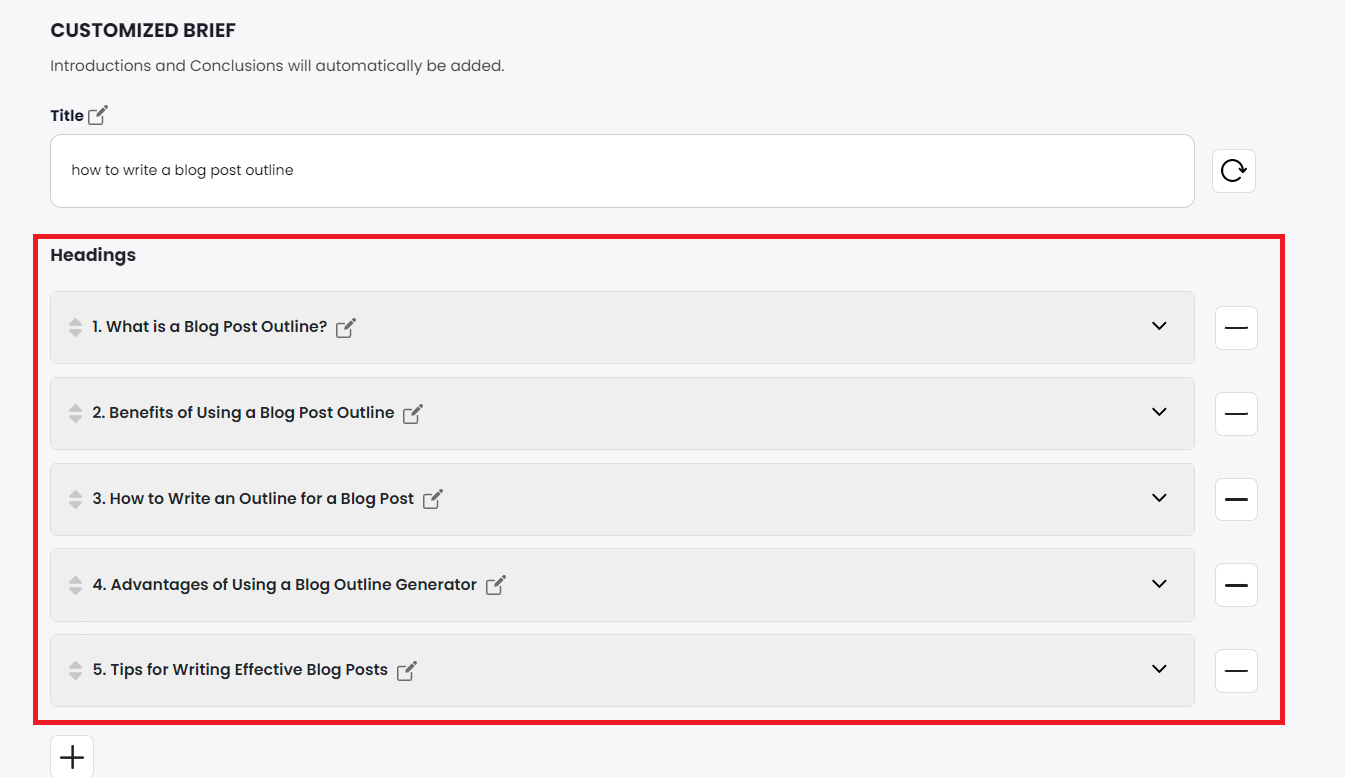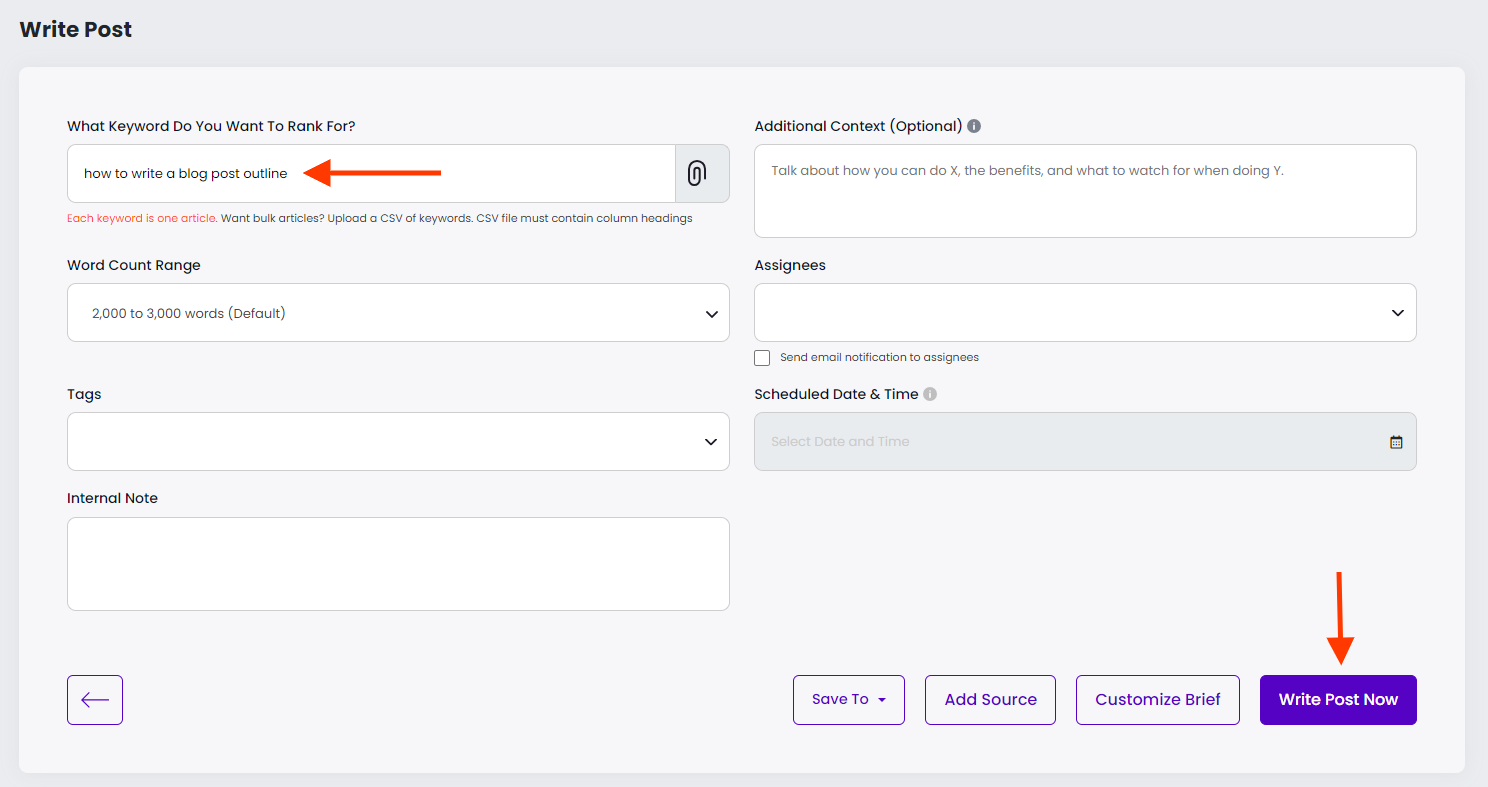Discover top guides, trends, tips and expertise from AIO Writers
Video – AI Content Creation Mistakes to Avoid: Saving Your Agency
Julia McCoy
Friday, 1st Mar 2024Are you sabotaging your own success?
I recently came across a content agency that was doing this because they were using AI wrong.
Sure, they were producing lots of content thanks to AI, but their chances of ranking well? Zero.
In this blog post, I’ll reveal exactly the mistakes that many agencies are making when using AI to create content.
Why Not Embracing AI Could Be Killing Your Content Agency
I’ve talked to a lot of agencies who refuse to adopt AI writing into their workflow because they think AI tools simply don’t work.
In fact, many of their writers said adding AI into the process of delivering really good content to their clients would mean more time spent on directing the AI and editing its output.
I can’t really blame them. If I use ChatGPT, for example, I would have to compose a lengthy prompt detailing all the things I want the chatbot to write. And then when ChatGPT comes back with a response, the output is pretty much garbage. It’s not research-backed, it’s not real-time information, it’s full of fluff, and it has a lot of superficial stuff that no one wants to read.
That’s because ChatGPT is a single large language model (LLM) — which means it’s pulling general information from the Internet with no parameters whatsoever.
On the other hand, a custom-built technology stack like BrandWell, which is a stack of three LLMs, has a real-time search crawler that looks at the top of Google and parses that data to generate good content.
BrandWell was specifically built to create content that ranks well — our proprietary long-form SEO writer is actually named RankWell®.
Now if you’re an agency owner dedicated to staying at the forefront, it’s crucial to embrace AI properly.
7 Common Mistakes When Creating Content With AI
Here are 7 things you should NOT do when generating content with AI.
- Relying entirely on AI content creation without human oversight: While AI can generate content efficiently, it lacks human creativity, intuition, and contextual understanding. Relying solely on AI risks producing content that lacks depth, relevance, and emotional resonance.
- Not focusing on the audience and target market: Effective content resonates with the target audience by addressing their needs, interests, and pain points. Neglecting audience research and insights can result in irrelevant or disconnected content that fails to engage or convert.
- Not personalizing content with branding or tone of voice: Consistency in branding and tone of voice builds brand identity and fosters trust and familiarity with the audience. AI-generated content should align with the brand’s personality, values, and communication style to maintain coherence across all touchpoints.
- Over-optimizing AI content for search engines and compromising on quality: While optimizing content for search engines is important for visibility, over-optimization can lead to keyword stuffing, awkward phrasing, and poor readability. AI-generated content should prioritize quality, relevance, and user experience over search engine rankings.
- Ignoring legal and ethical considerations: AI content creation raises legal and ethical concerns regarding copyright infringement, data privacy, misinformation, and bias. Content creators must adhere to copyright laws, obtain necessary permissions, and ensure the accuracy and integrity of information. Ethical AI practices involve transparency, accountability, and fairness in content generation to uphold trust and integrity.
- Not proofreading and fact-checking: Despite advancements in AI technology, automated content may still contain errors, inconsistencies, or inaccuracies. Failing to evaluate the quality of AI-generated content can damage credibility and reputation. Human review and validation are essential for identifying and correcting errors, ensuring accuracy, and maintaining content standards.
- Ignoring context and cultural sensitivity: Content that lacks cultural sensitivity or context can be perceived as insensitive, offensive, or inappropriate, leading to backlash and reputational damage. AI content creators must consider cultural nuances, language conventions, and social norms to avoid misinterpretations or misunderstandings.
By addressing these common mistakes, businesses can harness the power of AI content creation to deliver impactful, relevant, and resonant content that drives engagement, conversion, and brand loyalty.
Biggest Misstep in AI Content Creation
The reason why many agencies are killing their chances of success is that they are accidentally guiding the AI wrong.
What do I mean by this?
Let’s say a client hires you to write a piece of content. They want to see an outline first, which is part of a traditional content creation workflow.
So you proceed to build an outline, perhaps use ChatGPT to come up with some headers and bullet points. Maybe you do your own research for each subtopic and put it all together.
You submit your outline to the client and they request some edits.
This process of taking an outline with the client’s input and feeding it into the AI is what will kill your content agency!
It will get you to a worse place than just letting the AI do all the work.
This misstep usually stems from underestimating the AI’s ability to map out content that aligns with SEO best practices.
Imagine you’re baking a cake, but halfway through, you decide to change the recipe. It’s like tweaking the blueprint of a robot without grasping its master plan. The outcome? Often not what you hoped for.
When authors veer away from these meticulously devised blueprints, they risk diluting the power of AI’s work. This not only hurts their SEO but also confuses readers expecting a clear storyline.
Let AI take the reins.
Remember, BrandWell was built with one singular purpose — to generate content that ranks well.
Think of AI as a super-sleuth in the digital world. Parsing through search engine outcomes, AI precisely identifies the elements that resonate most with viewers. This isn’t guesswork but a calculated approach backed by data analysis.
This precision results in content that’s more relevant and engaging, hitting the sweet spot of user intent every single time.
Our very own website has over 500,000 monthly uniques from content that’s 100% straight out of AI.
#StraightOutofAI is, in fact, one of our company’s slogans because that’s the founder’s goal since the beginning: to create good, readable content that converts — straight out of AI.
The most effective way of creating content with AI is to interview your client for original subject matter expertise and let the AI generate an outline from there.
Let me walk you through how we do it successfully in BrandWell, and then show you what NOT to do so you don’t kill your chances for success.
Let AI Do The Heavy Lifting
Our process is simple: we let BrandWell do all the heavy lifting and then we have one human writer on the back end checking everything before a piece gets published.
Even the smartest AI can’t quite capture the human touch, and this is where human editors come in.
AI brings speed and data to the table, but it lacks soul. Editors infuse that missing piece by tweaking tone and style to better connect with readers. Think of it like a chef using a recipe as a starting point and then adjusting ingredients to taste perfection.
This blend of human creativity and AI efficiency creates content that resonates on a deeper level.
But this collaboration goes beyond just adding flair. Editors are pivotal in safeguarding the truthfulness of content, a fundamental step in building trust among your readers. They catch nuances or errors an algorithm might miss, making sure your message hits home accurately every time.
BrandWell does 90% of the work from research to outlining to writing the article. Our writer then edits the post right inside the app — adding images, more links, and even videos to bring it to life.

The AI-generated blog post includes an SEO title and meta description that directly syncs to RankMath, Yoast SEO, or whatever plugin you are using to generate the metadata.

You’ll also see a checklist that a writer can easily follow to improve the post’s SEO score.

On the Research Tab, you’ll find all the top-ranking content that the AI pulled to create an authoritative piece, backed by real-time data. Your writer can pull more content from these sources if they feel that the AI missed something.
 Although BrandWell produces 100% original work, you can double-check for duplicate content through the in-app plagiarism scanner.
Although BrandWell produces 100% original work, you can double-check for duplicate content through the in-app plagiarism scanner.

With a WordPress plugin installed on our site, the content is automatically added to your WP queue waiting to be published.
We’re currently publishing around 50 to 70 articles per month with only one human writer, and we’re getting over half a million uniques per month!
With all that massive traffic from our 90% AI-10% human workflow, our process is obviously working. Now, let me show you what NOT to do when using AI.
Want Content That Ranks Well? Stop Doing This!
In my Content Hacker project, I ran two experiments using the same keyword.
For the first blog post, I used the Customize Brief feature, added my own headers and context for each section, and selected my own word count.

The result? The output had mediocre content, repetitive headers, and a very low SEO score. It also didn’t have a lot of depth.
For the second blog post, I just entered my keyword and clicked “Write Post Now” and let the AI do its thing.

The result was more readable content with double the word count and double the SEO score.
Both of these pieces are straight out of AI. They have not been humanly edited at all.
So, why should you bypass the Customized Brief section and just let AI do the work?
Because AI is better than you.
BrandWell has its own SERP analyzer, looking at Google real-time and making informed decisions on word count length, headers, and structure based on what’s currently ranking on top.
If you’re an agency, I highly recommend that you change your process and not have clients approve briefs. Explain to them that those outline changes they make could guide the AI in the wrong direction.
Remember, our end goal is not just to produce beautiful content that our client loves but to get volumes of traffic from these blog posts.
Stop Killing Your Agency’s Chances at Success
The key to unlocking AI’s full potential is letting go of control and allowing it to independently generate superior content.
So take a step back, allow AI to shine, and add your human touch to deliver precise content that ranks well.

UNLOCK YOUR POTENTIAL
Long Headline that highlights Value Proposition of Lead Magnet
Grab a front row seat to our video masterclasses, interviews, case studies, tutorials, and guides.



